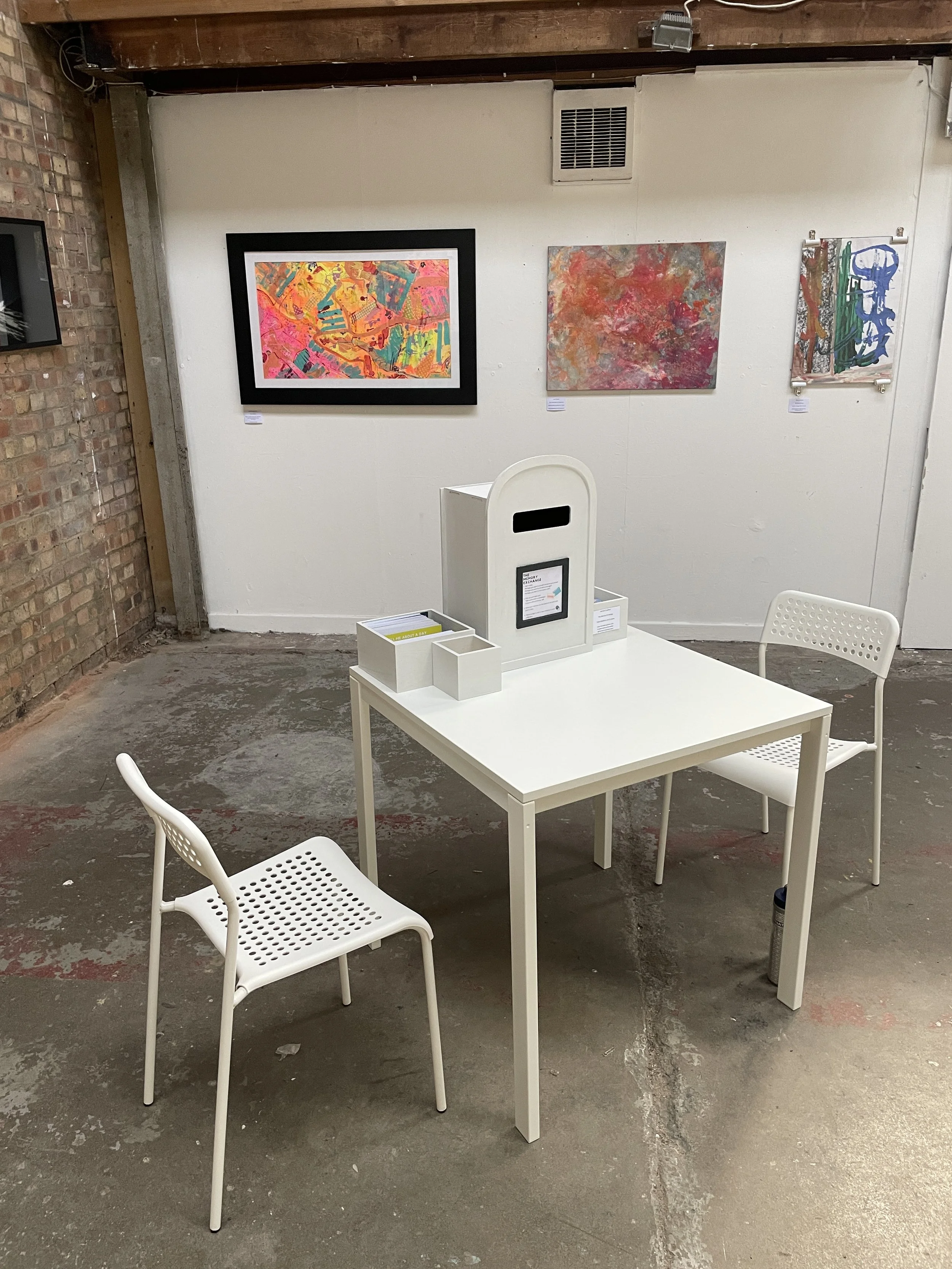HANNAH CUSHION
Contact: hannah@ourcube.co.uk
Originally from Cornwall Hannah studied Fine Art Textiles at Cornwall College before attending Westminster University where she obtained a BA (Hons) in Mixed Media Fine Art. She has spent 17 years living in and around London before moving to Oxfordshire in 2022 where she is excited to start to connect with the thriving art scene in Oxford.
Hannah's work is concerned with issues of preservation and archiving, using traditional methods of preservation in unconventional ways such as shirts ‘preserved’ in salt and photographs ‘preserved’ in wax. The original objects are ultimately altered/defaced but become precious again in their own right, metamorphosing into something new.
Hannah is interested in how we store these objects within our homes – in shoe boxes, cupboards, drawers and tins. How long do we keep these things, and for whom? How precious are they? What should we keep and what should we discard? Do we look at them, or, have the slipped down the side out of sight and out of mind? I use found photographs that were once important enough to keep for many years, yet are now discarded yet still too valuable to destroy.
The photographs she uses are images that would have existed as part of someone’s personal collection. The furniture is domestic furniture made of wood, often from the 60’s and 70’s giving it time to gather its own patina of memory. Nostalgia, memoriam, a time or moment that has passed all play parts in her work. Drawers hold and protect their contents and by way of shape also frames the object in much the same way as a frame protects and shows off its contents.
After losing a substantial amount of the work from her degree in a fire in 2007 these questions - what, why and how we keep these objects - again became relevant. How important is it that we keep things? When these objects are finally lost, forgotten about or destroyed does it matter? Who would it matter to?
She is also interested in stitch as a domestic craft, working on vintage postcards and photographs to decorate, corrupt and repurpose the surface. Sometimes inspired by the collections she works with or elements of nostalgia and memory, each piece allows for experimentation and exploration.
Having worked as an educator in museums since 2007 she is fascinated with larger collections, how we classify and label objects and the limitations of museum interpretation. In 2021 she was the recipient of a DYCP Grant from Arts Council England which provided the opportunity to reflect on the parallel paths of her work as a facilitator within museums and her own creative practice. Out of this opportunity The Memory Bank evolved which seeks to explore the multiple stories that objects have to tell and the role of artist as facilitator. The Memory Bank seeks to explore the multiple stories and perspectives objects have to tell and focus on the role of memory in my work.





















